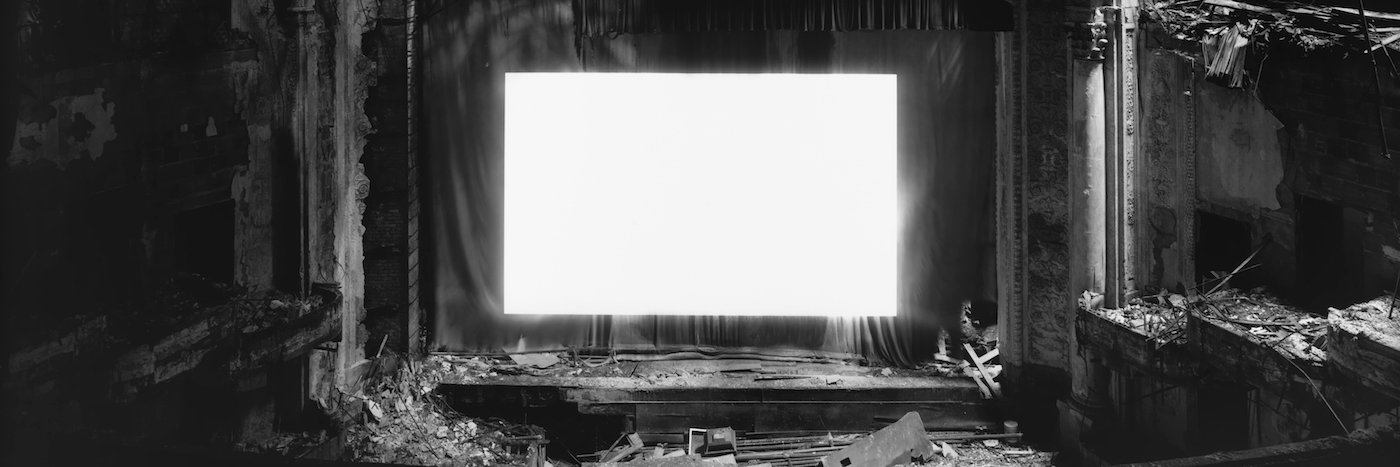
pauline kael bot
@paulinekaelbot
i lost it at the movies
HAROLD AND MAUDE (1972) The message is not very different from that of HELLO, DOLLY! or MAME, but Harold's flaccid asexuality (he's like a sickly infant, a limp, earthbound Peter Pan) and Maude's advanced stage of pixiness give that message a special freaky quality.
[HIGH SCHOOL] What Wiseman is doing is so simple and so basic that it's like a rediscovery of what we knew, or should know. (1969)
John Huston is one of the few directors who know that poetry needs to be tough-minded. (1969)
[DON'T LOOK NOW] Sutherland gives a soft, fine-toned performance, and Christie is lovely—with that delicately rapacious jaw and the poignant eyes. She has the anxious face of a modern tragic muse. (1973)
In sci-fi movies, the robots have personalities; the actors usually don’t. (1977)
Artists of an expansionist temperament are drawn to work in this medium, because movies are capable of being the closest thing there is to a total art. (1977)
Hitchcock is an ingenious, masterly builder of mousetraps, and more often than not, the audience is caught tight; his techniques, however, probably have more to do with gamesmanship than with art. (1966)
Richard Gere looks better with a few years on him. (1990)
THE KILLERS (1946) Ernest Hemingway's short story about the man who doesn't try to escape his killers is acted out tensely and accurately, and, for once, the gangster-thriller material added to it is not just padding but is shrewdly conceived.
[SHOOT THE MOON] Diane Keaton acts on a different plane from that of her previous film roles; she brings the character a full measure of dread and awareness, and does it in a special, intuitive way that's right for screen acting. (1982)
The loudness, the smash-and-grab editing, the relentless pacing drive every idea from your head; for young audiences STAR WARS is like getting a box of Cracker Jack which is all prizes. (1977)
Moviemakers used to know what made a hero romantic: the actor had to incarnate a personal code of honor and a personal sense of freedom; he had to have the strength to be "his own man" and yet the sensitivity that is attractive to women. (1970)
The calamity of movie history is not the follies that get made but the follies that don't get made. (1977)
[ONE SINGS, THE OTHER DOESN'T] Varda's lyricism is trivializing. If there were twenty seconds of footage of an actual abortion in the movie, Pomme's chirrupy songs would be chilling. (1977)
In the NETWORK script Chayefsky isn't writing a farce: he's telling us a thing or two. And he writes directly to the audience—he soapboxes. He hardly bothers with the characters; the movie is a ventriloquial harangue. (1976)
THE KILLING (1956) It has fast, incisive cutting; a nervous, edgy style; and furtive little touches of characterization. The cast includes many familiar second-string actors but they go through enough unfamiliar movements to keep one in an agreeable state of anxious expectation.
[DOG DAY AFTERNOON] The most touching element in the film is Sonny's inability to handle all the responsibilities he has assumed. Though he is half-crazed by his situation, he is trying to do the right thing by everybody. (1975)
Advertising is a form of psychological warfare that in popular culture, as in politics, is becoming harder to fight with aboveboard weapons. It's becoming damned near invincible. (1974)
There's no beauty anywhere in [THE POSEIDON ADVENTURE], but as a dumb, square adventure story—expensive pop primitivism manufactured for the AIRPORT market—it is honestly what it is, and the logistics of getting out of an upside-down ship are fairly entertaining. (1972)
The spirit of PADRE PADRONE isn't naturalistic; rather, it's animistic...Except for Disney-style films, PADRE PADRONE may be the only fully consciously animistic movies ever made. (1977)